Update of Individualized Treatment Strategies for Postural Orthostatic Tachycardia Syndrome in Children

Individualized management strategies based on different subtypes of POTS would largely improve the curative effects of drugs for children with POTS, and further clinical investigation is still required to better understand the pathophysiology and treatment options. Postural orthostatic tachycardia syndrome (POTS) is a heterogeneous disease that predominantly affects children and adolescents. There is a great difference between children and adults in the diagnosis and treatment of POTS patients. POTS in children and adolescents is marked by chronic symptoms of orthostatic intolerance with a heart rate (HR) rise of ≥40 bpm, or heart rate exceeding 130 bpm for 6–12-years-old children and exceeding 125 bpm for those 13–18 years old without orthostatic hypotension, which is different from adult patients. The three major clinical forms of POTS include hypovolemic POTS, neuropathic POTS, and hyperadrenergic POTS; these are distinguished by their major mechanisms. The different subtypes of POTS in children and adolescents each have their own clinical characteristics and biomarkers. Based on these, we propose individualized treatment strategies. Individualized management strategies based on different subtypes of POTS would largely improve the curative effects of drugs for children with POTS. However, a further clinical investigation is still required to better understand the pathophysiology and treatment options.

Individualized treatment strategies for children based on POT

Post-COVID Postural Orthostatic Tachycardia Syndrome and

Postural Orthostatic Tachycardia Syndrome (POTS)

PDF) Pediatric Postural Orthostatic Tachycardia Syndrome: Where We
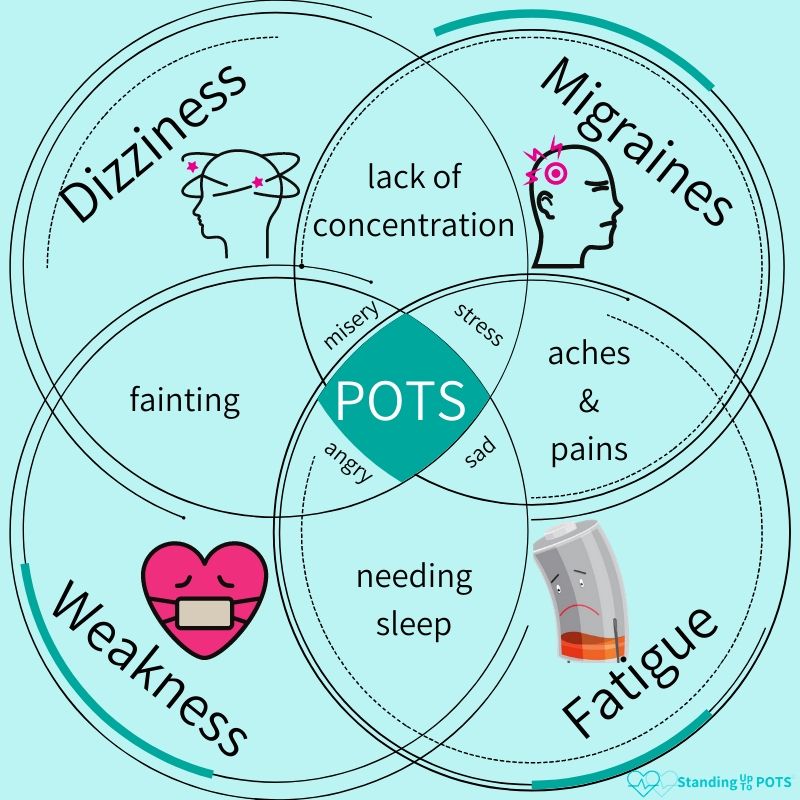
Resource Library Standing Up To POTS

Post-COVID Postural Orthostatic Tachycardia Syndrome and
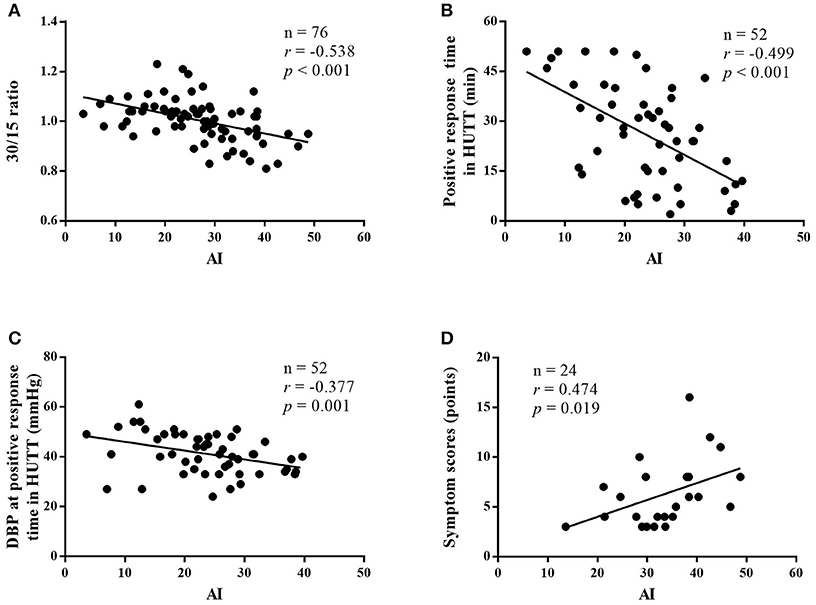
Frontiers Value of Immediate Heart Rate Alteration From Supine

Postural Orthostatic Tachycardia Syndrome (POTS): An Update for
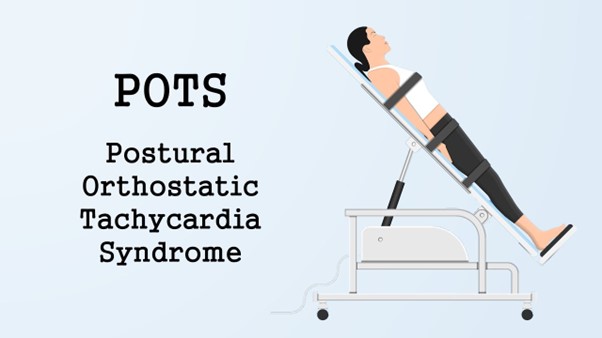
Exercising with POTS – Lori Ryan AEP – Vision Health

Interdisciplinary Studies Summit
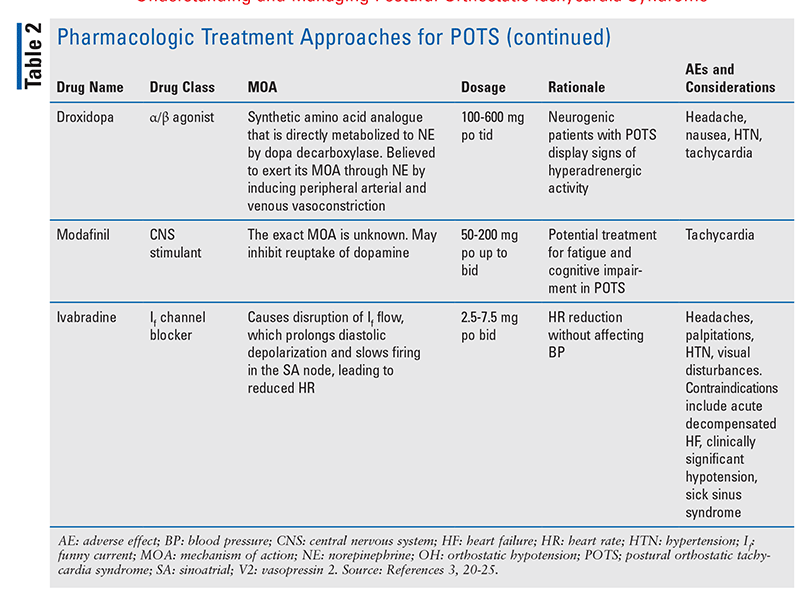
Understanding and Managing Postural Orthostatic Tachycardia Syndrome

Midregional Pro-Adrenomedullin as a Predictor for Therapeutic

Time-concentration curves of the 6 patients with myasthenia and
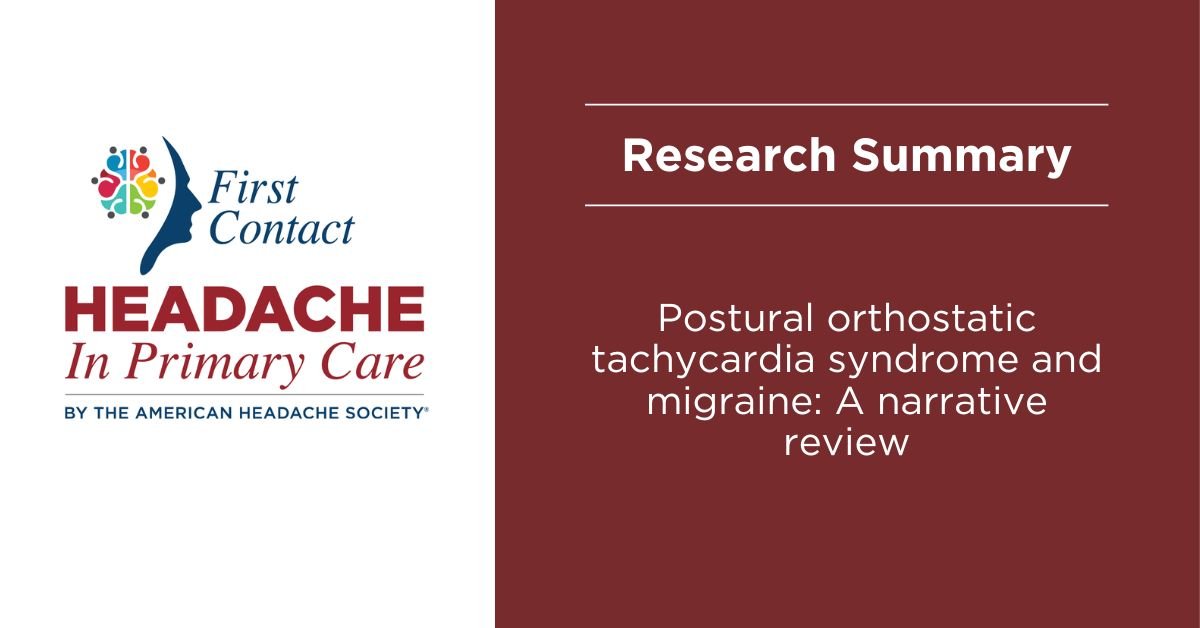
The Link Between Postural Orthostatic Tachycardia Syndrome and

Neuronal and hormonal perturbations in postural tachycardia